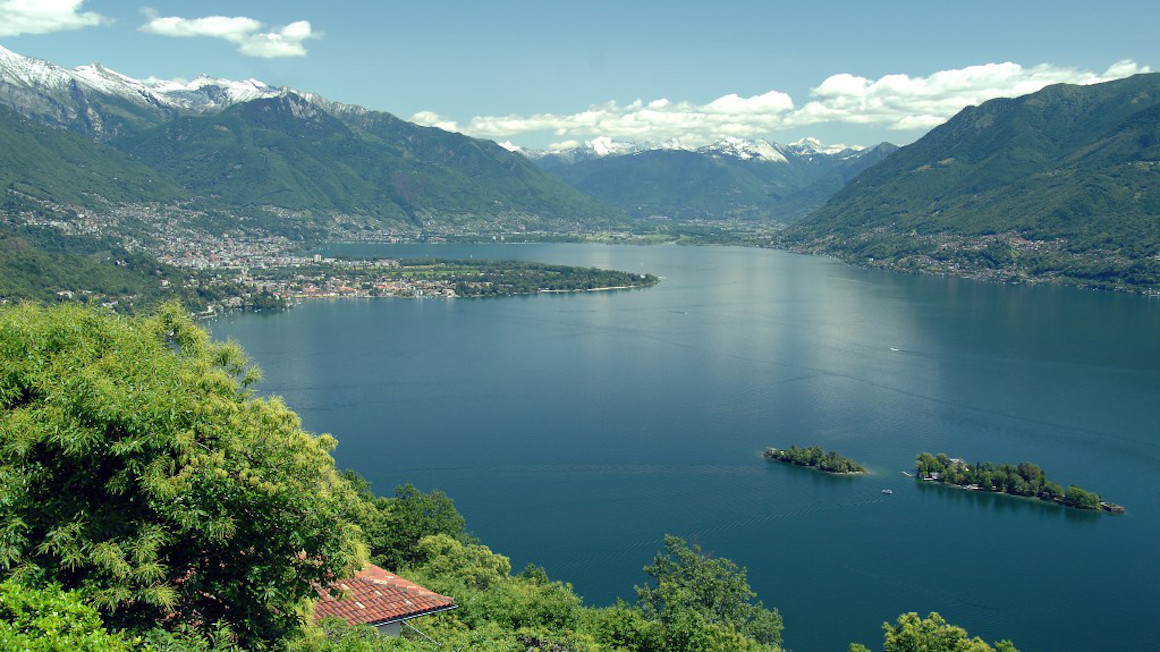Freshwater heavily polluted with microplastics
Even in remote mountain lakes, the researchers found higher concentrations of microplastics than in subtropical trash swirls.

According to the United Nations, up to 150 million tons of plastic end up in the world's oceans every year. A sad testament to the scale of pollution are the five giant plastic islands floating on the surface. The gradual breakdown of plastics into microplastics is a global problem and increasingly endangers the lives of marine life. However, the pollution of the environment by plastic waste no longer affects only seas and oceans. Inland waters such as mountain lakes are also affected, as an international study involving the Leibniz Institute of Freshwater Ecology and Inland Fisheries (IGB) shows.
Even remote mountain lakes are polluted with microplastics
The research team examined 38 lakes and reservoirs in different regions of the world and with different environmental conditions for microplastics, counted the particles and analyzed the type and size of the plastics. The results are alarming: the researchers found microplastics in all the lakes and reservoirs they studied - even in remote bodies of water such as Lake Tahoe in the Sierra Nevada or in mountain lakes. The microplastic load varied from lake to lake, as did the size of the particles. As the team writes in the journal Nature, 45% of the lakes studied had more than one particle per cubic meter, and the most polluted waters contained more than 10 particles per cubic meter. The plastics involved are mainly polyester, polypropylene and polyethylene.
Great lakes serve as a plastic trap
The researchers were particularly surprised by the extent of pollution in some lakes: these include Lake Maggiore (Italy), Lake Lugano (Switzerland-Italy), Lake Tahoe (USA) and Lake Neagh (UK). In these large lakes, microplastic concentrations were higher than in subtropical waste swirls. All four bodies of water are among the lakes with the highest microplastic pollution, according to the study. "Such lakes act like 'traps' for plastic and can accumulate significant amounts of microplastics over time," explains Stella Berger, a scientist at IGB and co-author of the study.
In Germany, it was Lake Stechlin in Brandenburg that surprised the researchers with a relatively high concentration of microfibers. "These are probably mainly fibers from the clothing of bathers," suspects Hans-Peter Grossart, a scientist at the IGB and co-author of the study. There is a reason why large lakes in particular are heavily contaminated with microplastics: the residence time of the water here is very long. As in Lake Tahoe, it can take 650 years for the water to be completely replaced by inflows and outflows.
Protect lakes from microplastic pollution
"Our results show for the first time a comprehensive picture of plastic pollution in lakes. They show how important it is to include lakes and reservoirs in the fight against microplastic pollution, both for management and for the preservation of lake ecosystem services," says Hans-Peter Grossart.
bb


